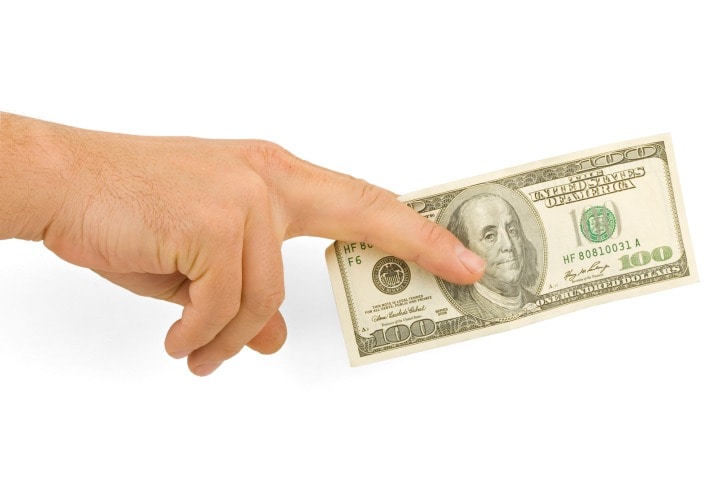Commission Falls From Favor
Traditional sales commissions are calculated as a percentage of the profit from a sale. The more money the car dealership makes on the sale, the more the salesperson earns. This has been an industry standard for years, and has been generally accepted as the prevailing way salespeople are paid.
Conventional wisdom holds that car dealerships benefit from having commission-based salespeople. In theory, there is little financial risk tied to that employee. If a salesperson doesn't produce sales or revenue, the dealership isn't required to pay the employee more than minimum wage. It's a simple way to encourage more sales.
McKaig Chevrolet Buick in Gladewater, Texas, decided commissions weren't working and moved to a no-commission sales floor in 2011. Whether it is the most or least expensive car, the per-vehicle pay is the same for the salesperson, says manager Mark Abernathy. "The important thing is to get the shopper the vehicle that is best for his or her needs."
Kitty Van Bortel, owner of the Van Bortel Auto Group in Rochester, New York, also employs a sales staff that is not on commission. In fact, her company, which opened its doors in 1991, has never employed commissioned salespeople, she says.
"I've always wanted my cars to be able to stand on their own, and not have one car overlooked by the sales staff because they couldn't make any money on it," Van Bortel says.
Mike Scarff, owner of Mike Scarff Subaru in Auburn, Washington, agrees that commission-free is the way to go. Salaried pay removes the pressure of chasing more dollars, and as a consequence, salespeople tend to work at his dealership longer, building a more experienced sales team, he says. This is one of the reasons that his dealership has won multiple customer service awards from Subaru, he says.
Employee retention is often cited as a reason to leave commission-based sales behind. It takes money to recruit, hire and train salespeople, with the average car salesperson costing thousands of dollars to bring on board or replace.
But the cost of hiring and training salespeople has run smack into another issue: Profit on new cars and trucks has been in decline, down in 2012 to a gross margin of 4.2 percent of the vehicle selling price, compared to more than 5.5 percent in 2002, according to the National Automobile Dealers Association (NADA). And while new-car sales aren't the only revenue stream at a car dealership, new-car department sales account for 56.2 percent of total dealership sales, according to NADA.
With lower profit margins on new car sales come smaller commissions. Salespeople often earn just a "mini" — industry slang for minimum commission — of $50-$150 on each car sold. Given that the average salesperson sells 10 cars per month, that adds up to a meager income. If minis are all they're making, a commissioned salesperson may decide the grass is greener elsewhere.
All that may explain why nearly 40 percent of salespeople hired at dealerships were no longer working at that same dealer 90 days later, according to the 2013 Dealership Workforce Industry Report, released by NADA in November.
"We wanted our staff to earn a good wage, and we want to retain our team," McKaig's Mark Abernathy says. "Paying commissions on a deal with low profit wasn't the way to do it. So we went to a flat amount per car sold, and give bonuses for selling a certain numbers of cars."


 by
by 
